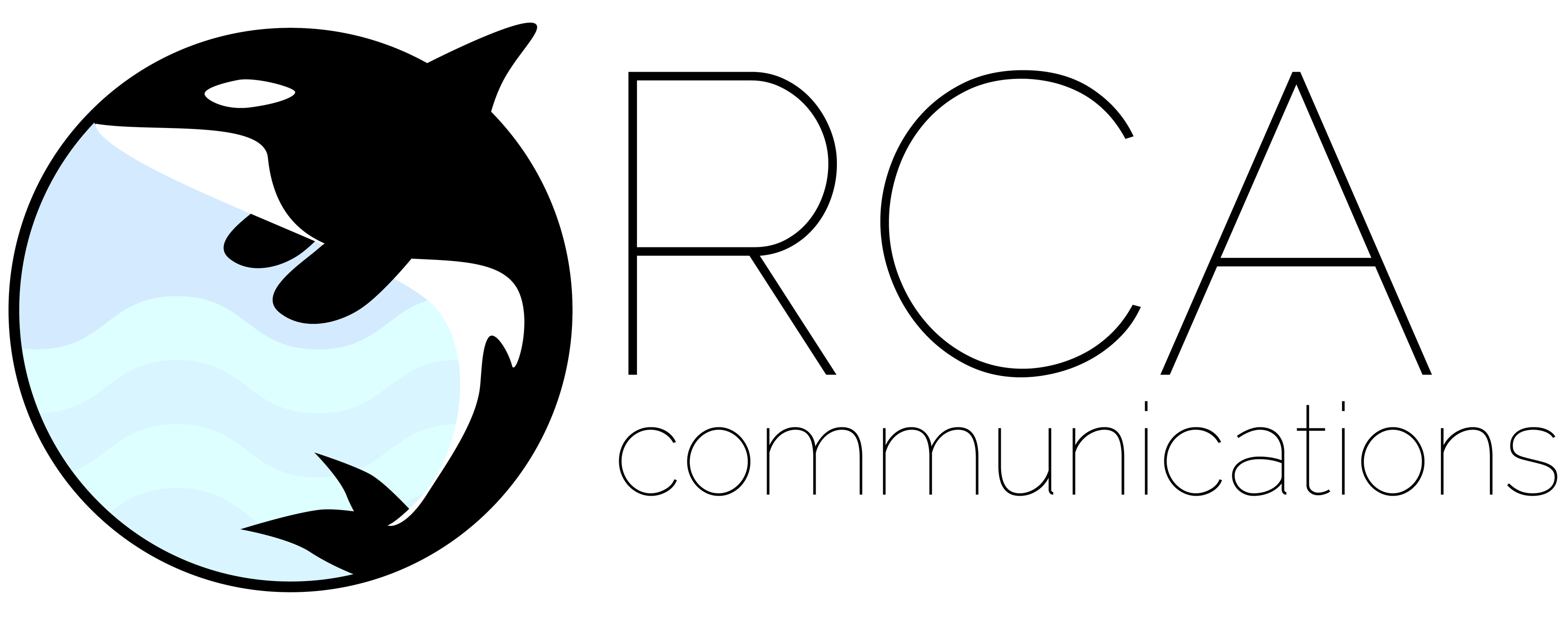What to Put in Your Virtual Press Kit
A virtual press kit helps journalists better understand your brand and showcases your company in a positive light
What is a Virtual Press Kit?
A press kit is an essential resource for members of the media who may want to cover your company or product. It is a collection of documents and images that tell journalists what you’re all about. A journalist will click on your press kit to find things such as detailed product information, company background, your company’s mission statement, executive bios, b-roll video, hi-res images, contact information, and press releases.
Back in the day, a press kit and/or media kit would be a pocket folder or binder full of information. Sometimes it also had a disc that contained media files. Today’s digital press kits (often referred to as online press kits) can come in many forms: zip drives, pdfs, web pages, and cloud-based storage drives are all common formats.
You should choose a file-sharing format that is easily accessible and compatible with different types of devices. You want to make viewing your press kit as easy as possible for journalists. If you make it difficult or time-consuming, they may decide to give up and abandon the story or, worse case, decide to cover your competitor instead of your company.
What Elements Should Go Into a Virtual Press Kit?
Think about what stories you want to be told about your brand. Your virtual press kit should include all of the elements needed to tell that story.
Images and videos
Different journalists will have different needs, so you’ll want to include a variety of images in your press kit. They should be organized in folders with filenames that explicitly explain what the image shows.
Examples of images frequently requested by journalists:
- Product on a white background (include two variations/angles of the product, if available, and high and low-resolution versions)
- Company logo (include high and low-resolution versions)
- Variety of lifestyle shots displaying how people use the product
- A “how to” video explainer, if necessary (for instance, if you think the media might need instructions or a demo of how the product works)
- B-roll video of the product in use (this would be for TV segments)
- Product unboxings & or video shorts
Executive bios and headshots
Executive bios are particularly important if your company executives are being pitched as industry experts or “thought leaders.” The bio should be a short (one page or less) outline of an executive’s experience and expertise. You can include short video clips, links to previous interviews and press coverage, and executive headshots. It may also be useful to include links to executive social media channels if appropriate.
Company brief for quick reference
This brief should be a one page document that explains the company mission. You can also include an infographic highlighting key brand messaging. This is something to put in the primary folder of your press kit for quick access. It is something someone should be able to easily digest at a glance.
Previous press releases and awards
This is different from the press page on your website. You don’t want to showcase all of your previous media coverage in your virtual press kit (journalists probably won’t care about that), but you do want to highlight company progress, especially if you’re a fast-paced startup. .PDFs of previous press releases may be helpful to journalists who are writing about your company’s growth. Showcasing awards is also a great way to tell a journalist that your product is superior and worth covering.
MSRP & purchasing information
Product-based companies that are looking for product placements and reviews will want to include MSRP on their products, information on where to buy (any brick-and-mortar retailers across the U.S., Amazon, etc), and affiliate platforms they participate in, if any.
Press contact information
A press kit includes a lot of information about a company, but it can’t include everything. For that reason, you should include press contact information front and center on your press kit. It will allow a journalist to easily email or call to ask questions about your company.
FAQs
Adding a link or one-pager with FAQs about your company and/or products isn’t a bad idea. Remember to keep it short and easy to read. It should include essential information that reporters and writers can clearly identify at a glance. Think about what questions you might have as a journalist just learning about your product (perhaps using real questions from real customers).
Social media metrics & handles
Including social media metrics and handles in your press kit will show members of the media that you have a captive audience and influence. Metrics aren’t necessarily crucial to include, but if you have a decent-sized following or an especially engaged audience, then the metrics are just another impressive stat to share with the press!
Why Do I Need a Virtual Press Kit?
Short answer: You should have a virtual press kit because reporters, editors, and writers are extremely busy. They, like everyone else these days, are getting pulled in many different directions. They’re working on multiple stories at once. A press kit helps them get to know your company and product line with minimal effort. The best thing you can do when trying to secure media coverage is anything and everything to make the journalist’s job easier!
Here’s an example. I was producing the 11:00pm newscast for a local TV network. I saw this really innovative company that had a solution for mosquitos. Mosquito season was especially tough that year. I thought sharing that company’s product would make a good “teasable” story for my show. I needed permission from the company to use some renderings on their website and I really wanted to know if they had any video I could use. Well, since it was after hours and I couldn’t find any press contact information, I sent an email to their generic email account. An hour went by and they didn’t respond.
I ended up ditching the story for something else. But if they’d had a virtual press kit, I wouldn’t have needed any of that. As a result, the company would have received airtime for their mosquito repelling product in a market where there were a lot of mosquitos. Missed opportunity.
Press kits are nothing new. They’ve been around for decades as a way to inform the press about a company’s newsworthy events, products, and announcements. The virtual press kit has really evolved in the past few years and has become an industry standard. Modern Cloud storage makes it easy for a company to upload images, videos, and crucial information all in one place.
How to Use a Virtual Press Kit
There are a few effective ways to use a virtual press kit. You can create a “Media Inquiries” tab on your website that links to all of the items outlined above. It should be well-organized and easy to navigate. This will allow an editor to easily find the information they are looking for.
A second way to use a virtual press kit is to create specific kits and/or folders within your press kit for events. Create a QR code for the press kit that you can share on your business cards, at trade shows, and even in press releases and editorial pitches.
This is not a resource that you market proactively – that is the role of a public relations campaign – rather, it is a source of reference for journalists that may have potential interest in covering your brand upon learning about it. Your publicist will naturally provide all of these materials to a journalist expressing interest, however, it’s best for the company to have all of this collateral well organized and easily accessible so as to ensure you do not miss out on any opportunities.
Schedule a consultation with Orca Communications to learn more about creating an affordable PR plan that works best for your brand.

